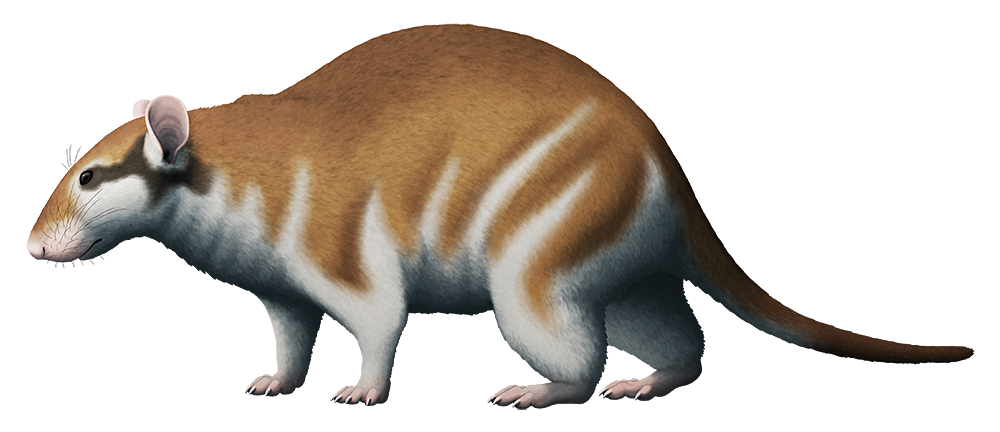During the mid-Pleistocene, between about 900,000 and 500,000 years ago, the Mediterranean islands of Malta and Sicily were connected and shared a unique ecosystem made of up a mix of weird endemic species. While the tiny elephants and giant swans are probably the most famous, there were also several other unusual animals such as dwarf hippos, huge owls, large cranes, giant tortoises, and big lizards.
And also massive rodents.
Leithia melitensis, the Maltese giant dormouse, was descended from garden dormice, but thanks to the lack of large land predators on Siculo-Malta it was able to evolve a much much larger body size – about 60-70cm long (2′-2’4″), almost the size of a cat.
Recent reconstructions of its skull have shown it was also proportioned differently compared to its tiny modern relatives, more chunkily built with a shorter and wider snout, bigger teeth, and thicker cheekbones that must have anchored some incredibly powerful muscles for chewing. It may have been eating a much more herbivorous diet than other dormice, processing a lot of tough fibrous vegetation.

